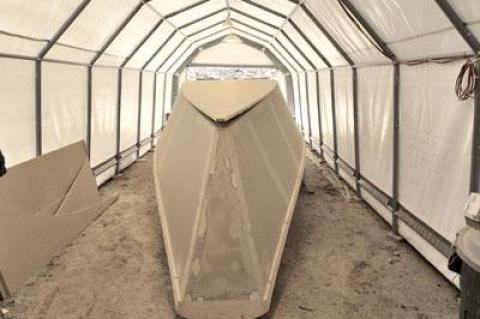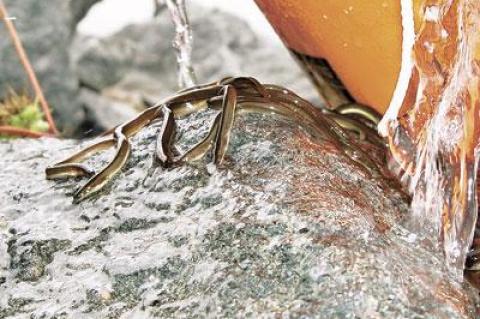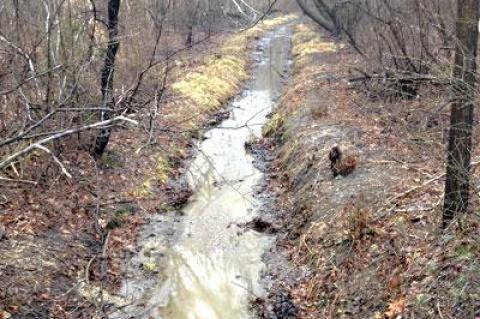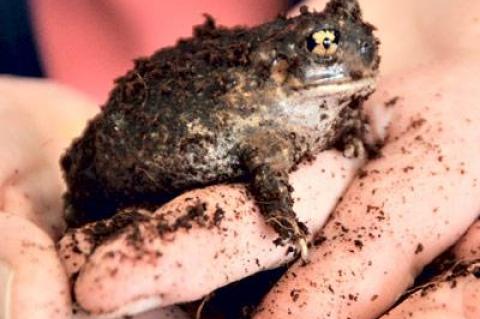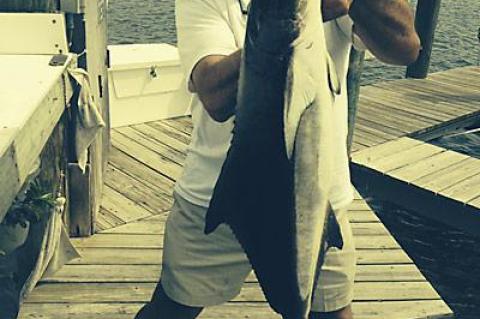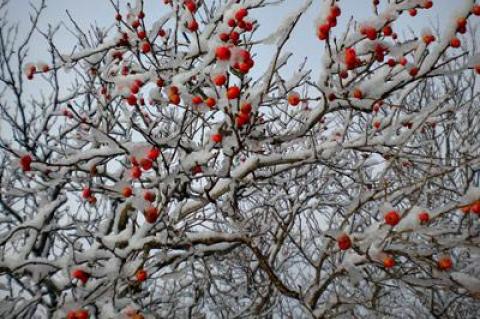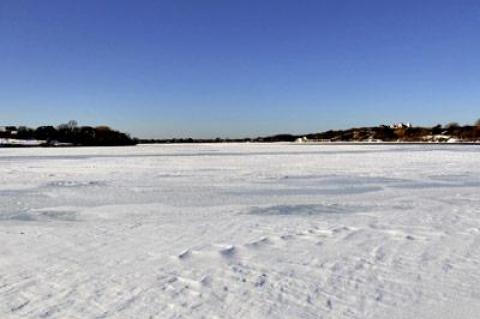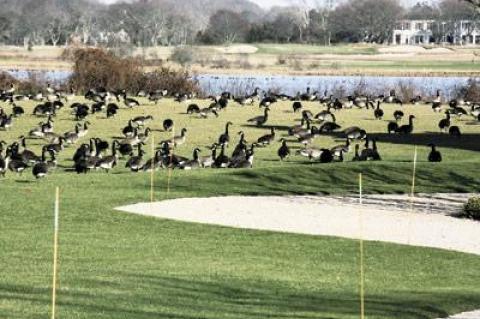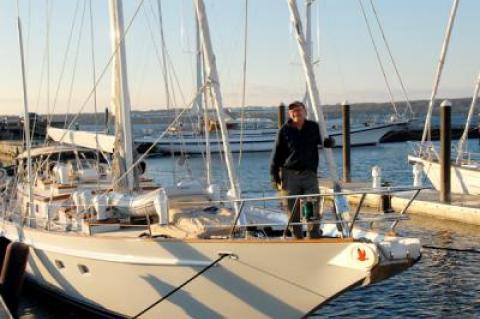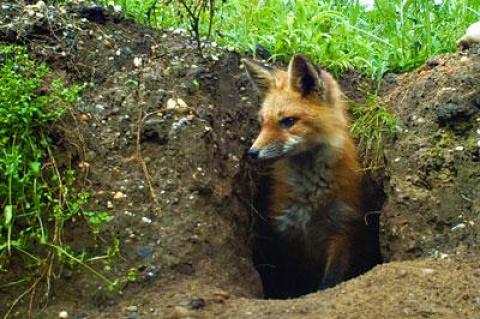The former Salivar’s, Montauk’s iconic, dockside eatery, reopened during the past week following an impressive renovation inside and out.
The people who gave us the West Lake Clam and Chowder House are running the place. They have brought their popular menu and sushi bar across the harbor to the green building (a lighter shade now) that began serving food and spirits during a time when raw fish, as the saying goes, was bait.

